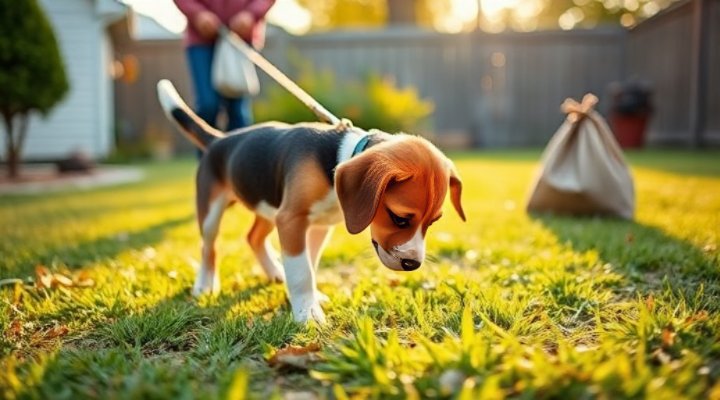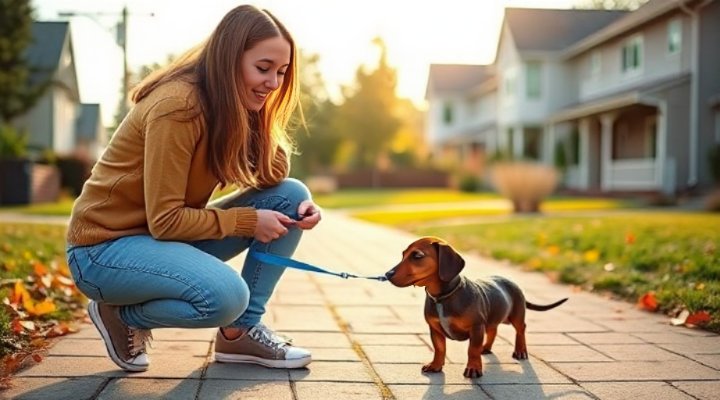Bringing home a new puppy is an exciting adventure, but it also comes with the responsibility of proper training. A well-structured puppy training schedule is essential for helping your furry friend develop good habits and behaviors. In this comprehensive 8-week plan, we’ll cover everything from potty training to basic commands and socialization.

Week 1-2: Establishing Foundations
The first two weeks are crucial for setting the foundation of your puppy’s training. Focus on these key areas:
- Potty Training: Take your puppy outside every 2 hours and after meals/naps. Use consistent phrases like ‘go potty’ and reward successes immediately.
- Crate Introduction: Make the crate a positive space with treats and comfort items. Start with short durations while you’re home.
- Name Recognition: Say your puppy’s name and reward when they look at you. This builds attention for future commands.

Week 3-4: Basic Commands and Socialization
Now that your puppy is settling in, it’s time to introduce basic commands and socialization:
- Sit Command: Hold a treat above their nose and move it back until they sit naturally. Say ‘sit’ as they do it and reward.
- Leash Introduction: Let them wear the collar/harness indoors first, then attach the leash for short, positive sessions.
- Socialization: Introduce your puppy to new people, sounds, and surfaces in controlled environments. The AVMA recommends positive experiences during this critical period.

Week 5-6: Building on Basics
During these weeks, reinforce what you’ve taught while adding new skills:
- Stay Command: Start with short durations (1-2 seconds) and gradually increase as your puppy succeeds.
- Down Command: From a sit position, lure your puppy down with a treat between their paws.
- Potty Training Consistency: Most puppies can now hold it for about 4 hours during the day.

Week 7-8: Advanced Skills and Refinement
The final weeks focus on polishing skills and preparing for adolescence:
- Come Command: Practice in safe, enclosed areas with high-value rewards.
- Leave It: Essential for safety, teach your puppy to ignore dropped items or dangerous objects.
- Public Outings: Gradually introduce controlled public experiences like pet-friendly stores.

Common Puppy Training Challenges
Even with the best puppy training schedule, you might encounter these common issues:
- Biting: Redirect to appropriate chew toys and use positive reinforcement when they choose correctly.
- Whining in Crate: Ensure needs are met, then wait for quiet moments before rewarding.
- Distractions: Practice commands in increasingly distracting environments as your puppy masters them at home.
Maintaining Progress Beyond 8 Weeks
Training doesn’t stop after 8 weeks! Continue to:
- Practice commands daily in short sessions
- Gradually increase difficulty and distractions
- Attend puppy classes for socialization and professional guidance
- Be patient – puppies learn at different paces
Remember, every puppy is unique. While this 8-week puppy training schedule provides a solid framework, feel free to adjust timing based on your dog’s progress. The key is consistency, patience, and positive reinforcement. Before you know it, you’ll have a well-behaved companion who’s a joy to live with!
For more detailed information on specific training techniques, visit the American Kennel Club’s training resources.
Related Keywords:
puppy training timeline, 2 month old puppy training schedule, best puppy training methods, house training a puppy, puppy obedience training, crate training schedule, puppy socialization checklist

